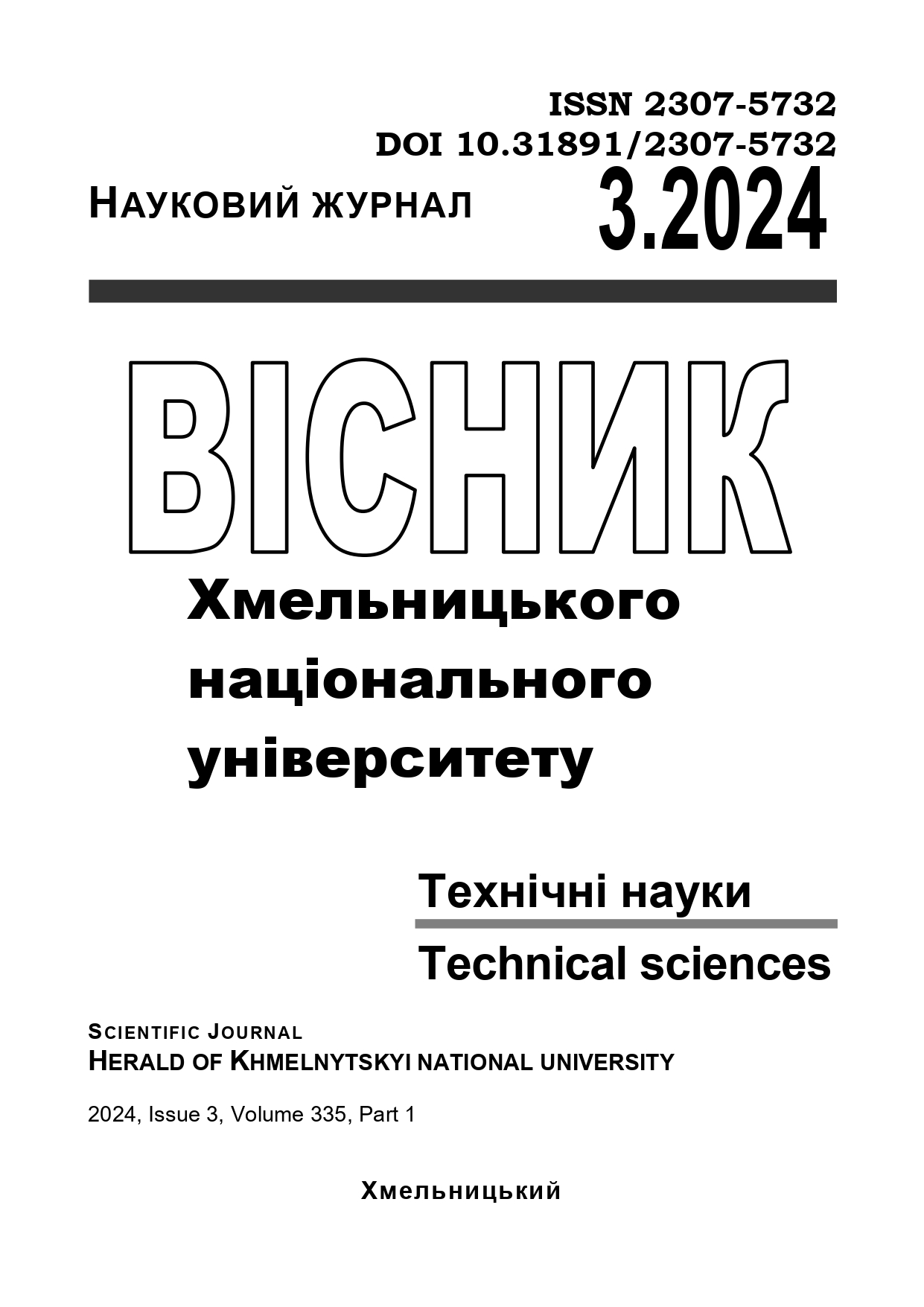INTELLIGENT INTERPRETATION OF LOG CURVES BASED ON NEURAL NETWORK TOOLS
DOI:
https://doi.org/10.31891/2307-5732-2024-335-3-25Keywords:
log curves, generation method, drilling process, machine learning, fully connected neural network, artificial intelligence, recurrent neural network, network with long-term short-term memoryAbstract
The essence of this work lies in the development and application of a machine learning method for generating synthetic well log diagrams based on existing logging data. This method allows for the supplementation of missing information in well logs, which is crucial for accurate modeling and analysis of geological data. It has been demonstrated that traditional fully connected neural networks are not effective in preserving spatial dependency, therefore, an LSTM network was used in this work. LSTM is capable of efficiently processing and remembering information from large data volumes and numerous time-varying parameters, making it ideal for tasks where sequential information is vital. The technique allows for the creation of synthetic well log diagrams using existing data. This means that it is possible to model well log data where it is missing or incomplete, which helps avoid the costs of new surveys. Using a cascaded network that combines a standard LSTM network with additional systems improves the accuracy of the results. Such a network can better adapt and optimize data processing depending on the context, providing higher accuracy compared to single-level networks. The method was tested on real well log data, which not only allowed for verifying its effectiveness but also confirmed its higher accuracy compared to other traditional methods. The test results showed that the new technique could significantly improve the processing and analysis of well log data. The developed method can be used for reconstructing complete well log diagrams based on partial data, significantly increasing the volume and quality of information available to geologists and engineers. This work demonstrates the significant potential of LSTM and cascaded neural networks for synthesis and analysis tasks involving large volumes of geological data, and it could form the basis for further research and development in this area.

